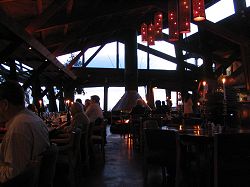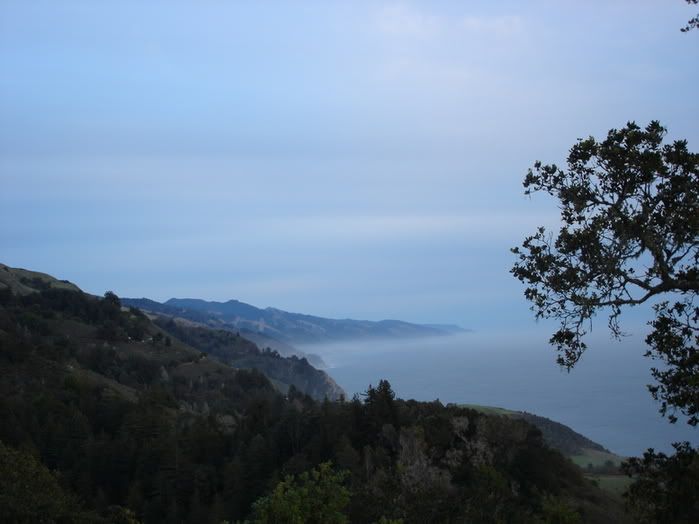Charles Harper
In the most recent issue of Dwell, there is a profile on artist and illustrator Charles Harper. I had never seen Harper's work before, but I was instantly captivated by his colorful, 2-D, geometric wildlife drawings.Harper became renowned for his illustrations for Ford Times magazine in the 1950's. Additionally, he has illustrated numerous biology books, including the popular The Golden Book of Biology, and his work even graced the pages of a Betty Crocker cookbook.
Equally loved for his witty and poetic captions as his unique visual style, Harper's work is what great design should aspire to be - innovative, aesthetically interesting, and grounded in substance.
You can purchase prints of Harper's work at The Frame Workshop, or pick up one of the various collections of his work in book form. Although some are out of print, a little digging at some bookstores will certainly reward you with some brilliant and unique coffee table reading material. I encourage you to head on over to this site to see (and read) more of Harper's signature, modern interpretation of our natural surroundings.
I personally love the image below, from his popular series of Serigraphs, entitled "Pelican in a Downpour." The caption accompanying the work reads . . .
If your food is all finned and your chin's double-chinned, you're a Brown Pelican, the seine with a brain. It takes some IQ to outwit a mess of menhaden or to stuff your gullet with mullet because they're always in schoool. So how come this pelican doesn't have sense enough to come in out of the rain? Well, what's a little cloudburst when you spend your life diving into the sea for sustenance. Water runs off his back so fast that take a shower a pelican't.

Image via The FrameWorkshop.






















